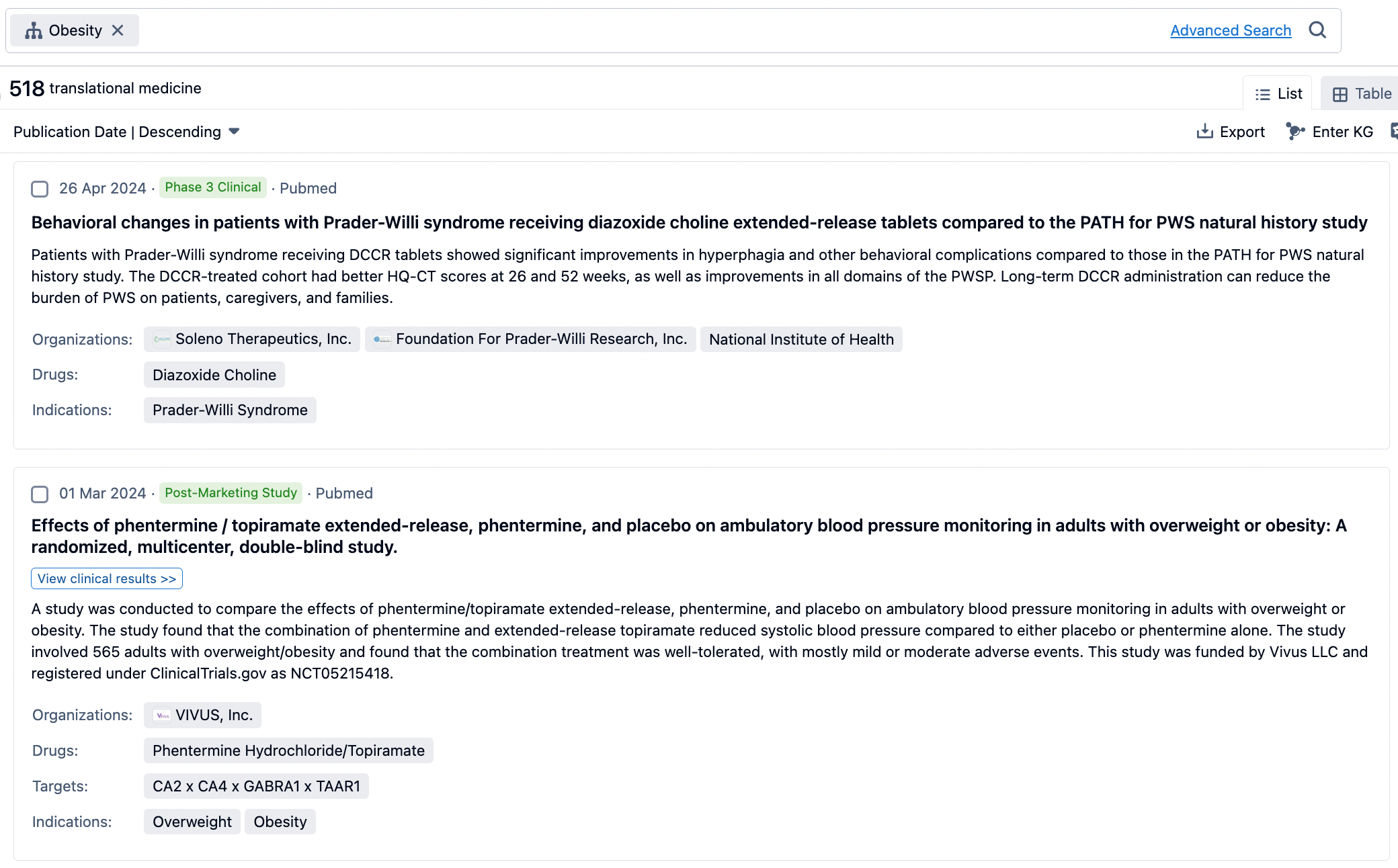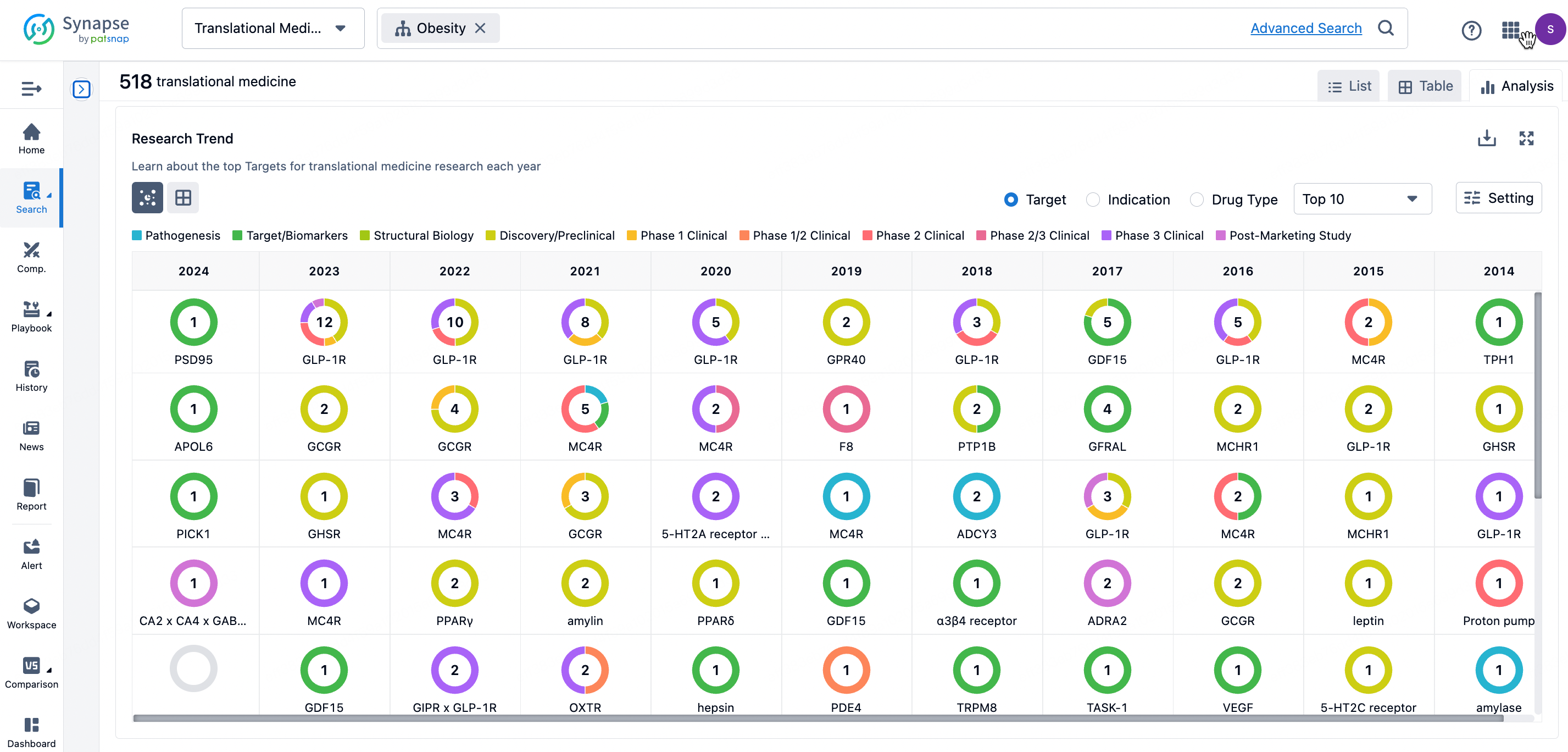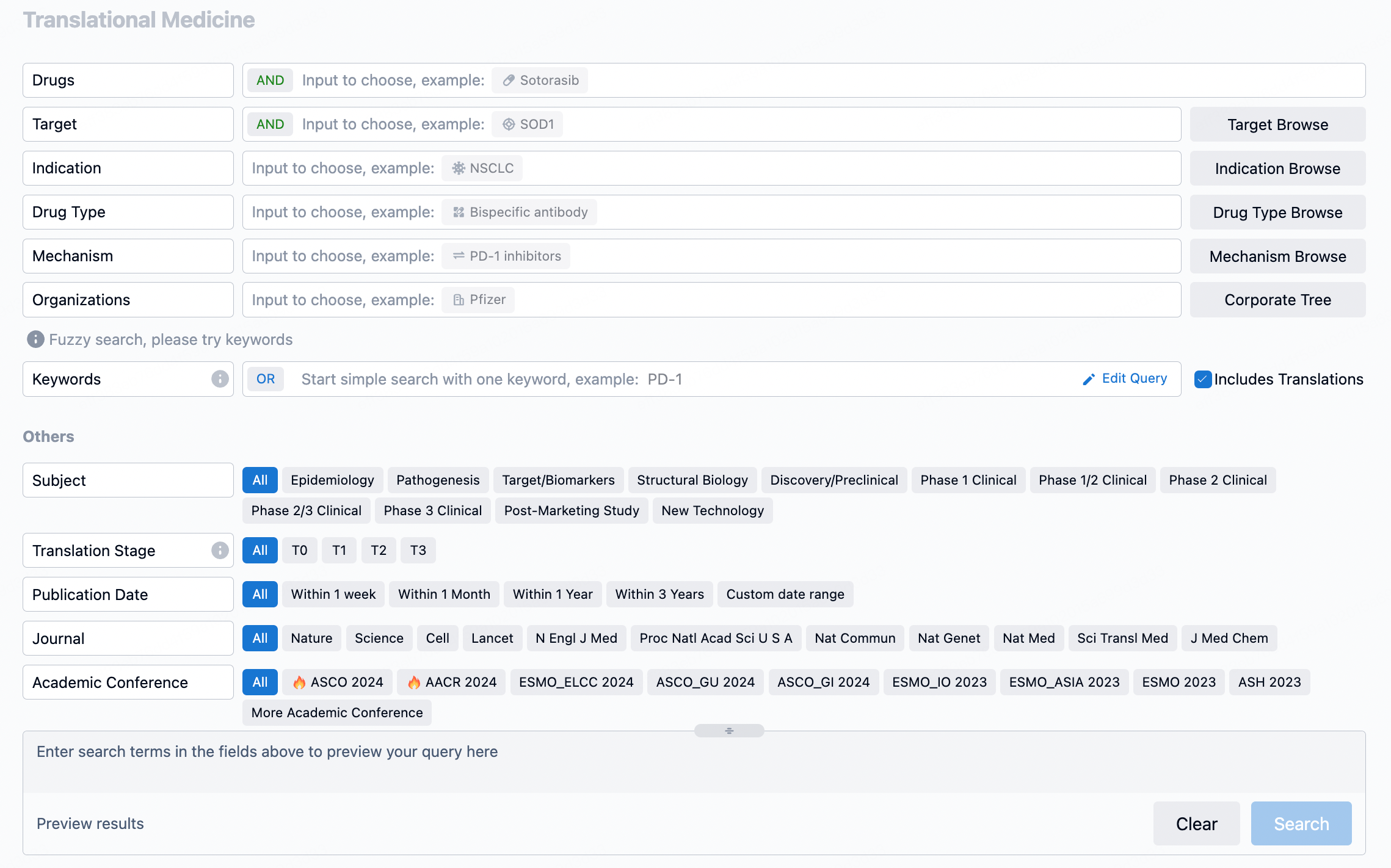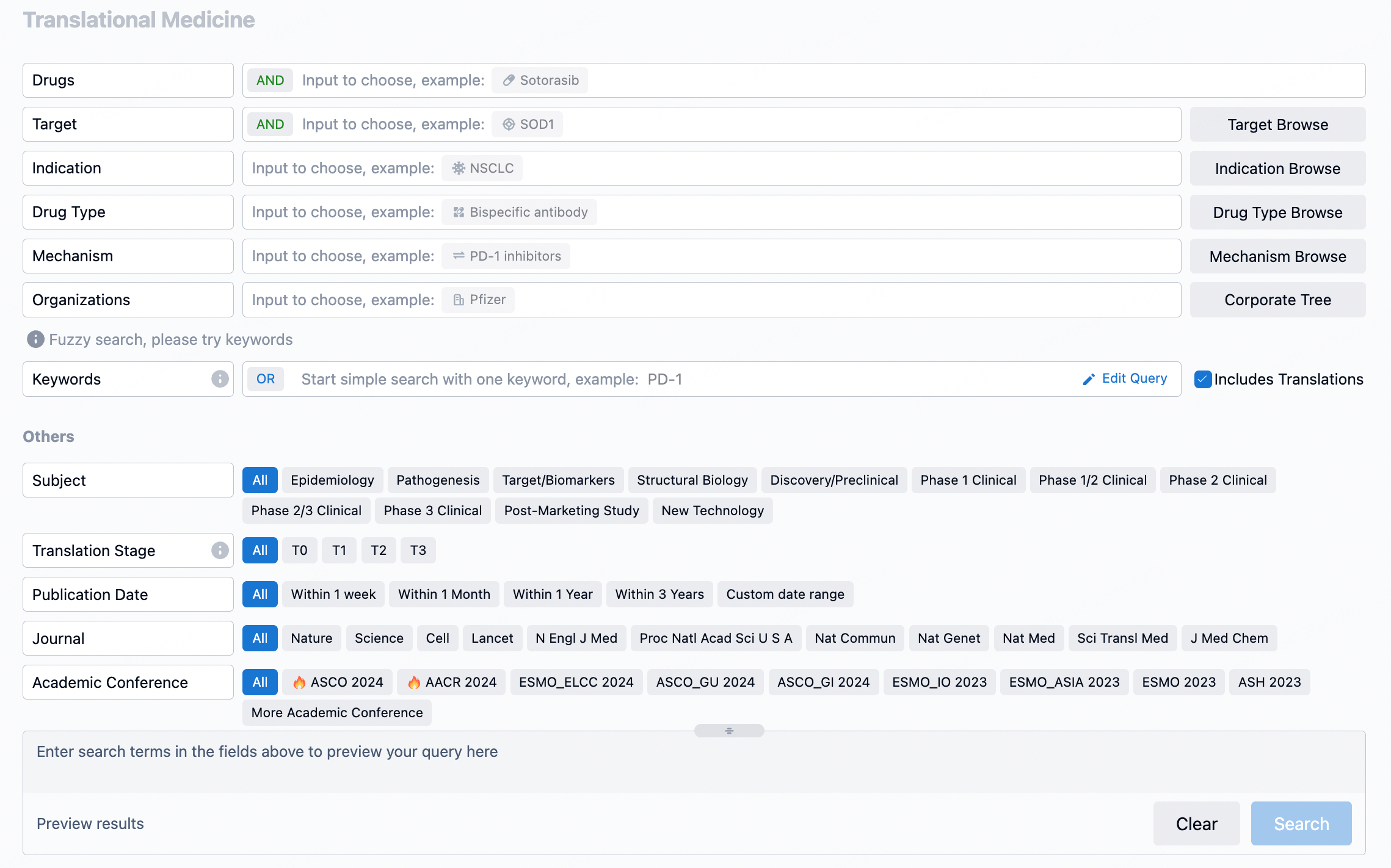Enhanced CTLA-4 Targeting: Novel Prodrug Antibodies' Therapeutic Potential in Preclinical Studies
The study evaluated antibody binding to CD16 using surface plasmon resonance and measured IL-2 release from stimulated human peripheral blood mononuclear cells (PBMCs) and CD4+ T cells. The ADCC function was assessed by NK-cell-induced lysis of CD4+ T cells or activated CD4+Foxp3+ Tregs. Tumor growth was monitored in transgenic mice implanted with MC38 tumors, and pharmacodynamic markers of anti-CTLA-4 activity were evaluated using Tregs and effector T cells from treated mice. Additionally, the study assessed pharmacodynamic responses in cynomolgus macaques following administration of customized adenovirus-5 vector vaccines.
Results indicated that both anti-CTLA-4 Probody mAbs showed reduced activity in non-proteolytic in vitro assays compared to their parent antibodies. However, in a MC38 tumor model, both Probody mAbs demonstrated equivalent antitumor activity to IPI and the nonfucosylated anti-CTLA-4. They also exhibited similar intratumoral pharmacodynamic activity but reduced peripheral activity compared to their parent mAbs. In cynomolgus macaques, the Probody mAbs led to decreased inflammation and peripheral pharmacodynamic responses.
The findings suggest that the Probody technology platform may improve the therapeutic indices of the anti-CTLA-4 Probody mAbs by limiting peripheral activity while maintaining antitumor efficacy. Ongoing phase 1 studies are investigating the safety and antitumor activity of these Probody mAbs in patients with advanced solid cancers.
How to Use Synapse Database to Search and Analyze Translational Medicine Data?
The transational medicine section of the Synapse database supports searches based on fields such as drug, target, and indication, covering the T0-T3 stages of translation. Additionally, it offers a historical conference search function as well as filtering options, view modes, translation services, and highlights summaries, providing you with a unique search experience.
Taking obesity as an example, select "obesity" under the indication category and click search to enter the Translational Medicine results list page. By clicking on the title, you can directly navigate to the original page.

By clicking the analysis button, you can observe that GLP-1R treatment for obesity has gained significant attention over the past three years, with preclinical research still ongoing in 2023. Additionally, there are emerging potential targets, such as GDF15, among others.

Click on the image below to go directly to the Translational Medicine search interface.

